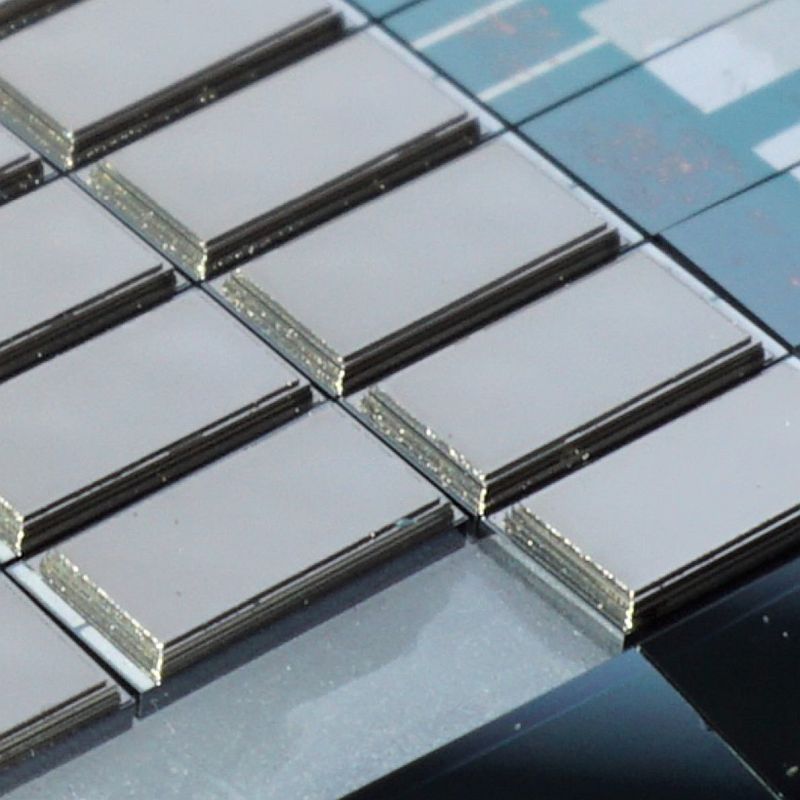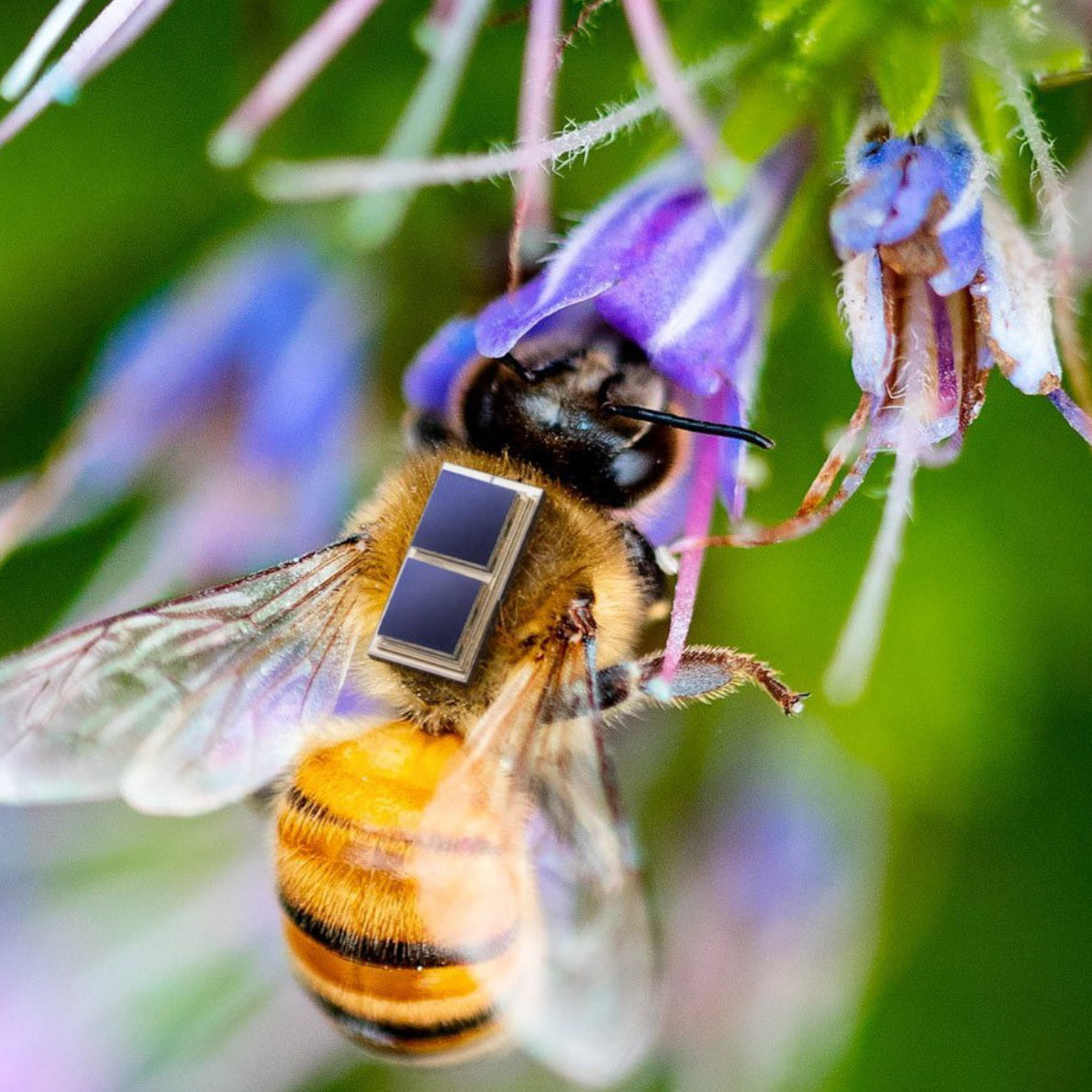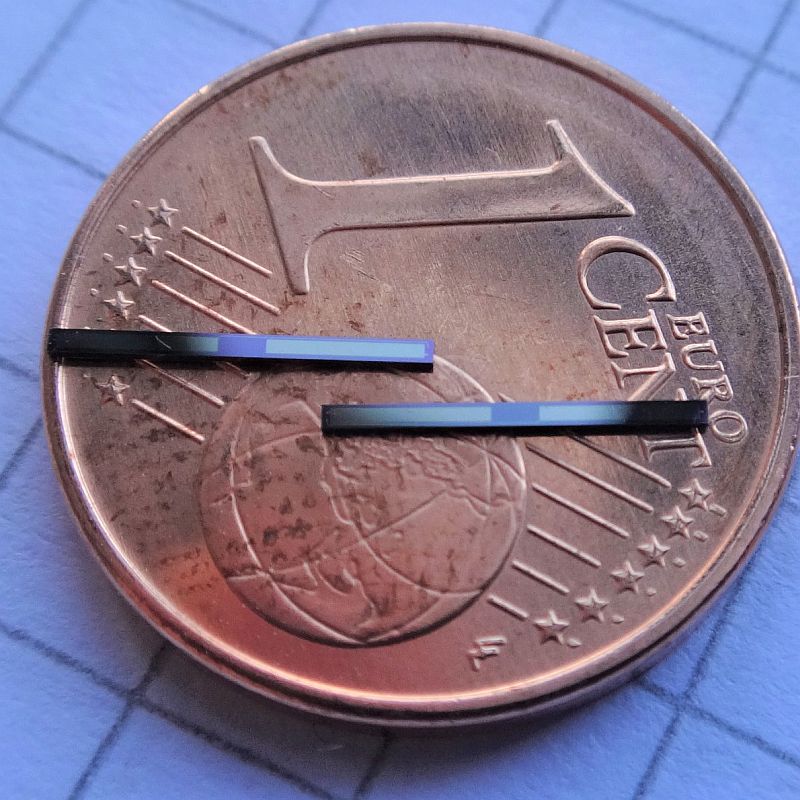Online-Session / March 28, 2023, 16:00 - 16:45
Revolutionizing Low-Power Devices: Microbatteries offer High Performance
This session focuses on micro-batteries with dimensions in the range of 1x1 mm2. Such batteries are the basis for the smallest energy-autonomous sensors, future products like smart contact lenses with integrated displays and in-the-ear hearing aids with a new operating principle. The smallest data loggers and battery-powered RFID will also benefit from the technology. Battery materials with high energy density and cycle stability are used.
Sub-millimetre lithium-ion batteries can no longer be produced using established manufacturing technology. Production will be semi-automated in a clean room. Silicon is the key to miniaturisation. It allows much higher precision. Silicon structuring technology - deep reactive ion etching - makes it possible to produce very small and thin-walled battery casings, so that even with dimensions in the millimetre range there is still a large volume available for the active battery material. Using wafer carrier technology, thousands of batteries can be lidded and hermetically sealed simultaneously.
When selecting the battery technology, a number of different electrodes are available, resulting in different nominal voltages and affecting other parameters. Key characteristics such as current and pulse capability, self-discharge and deep discharge behaviour are demonstrated.
Our micro-battery is a key component of the electronic backpack worn by bees in the Sens4Bee collaborative research project. The aim of the project is to collect data on bee behaviour and environmental sensing. The battery is charged by a solar micro-panel. An RFID tag, a data logger and some sensors are also part of the electronic backpack. The size of the battery is 1.5x3 mm2 and the total weight of the electronic module is ten milligrams including the battery.
The latest hearing aids can be applied directly to the eardrum, similar to a contact lens for the eye. The start-up Vibrosonic has proven this with its hearing contact lens. It consists of an actuator that acts directly on the eardrum. The hearing aid has such low energy consumption that a micro battery of our type can be used. In the next innovation step, the entire electronics including the battery are integrated with a solar cell as a hearing contact lens and applied in the ear. The charging is done by an earplug with infrared radiation. This poses a major challenge to the battery's fast-charging capability.
watch this presentation on YouTube
 Fraunhofer Institute for Reliability and Microintegration IZM
Fraunhofer Institute for Reliability and Microintegration IZM

